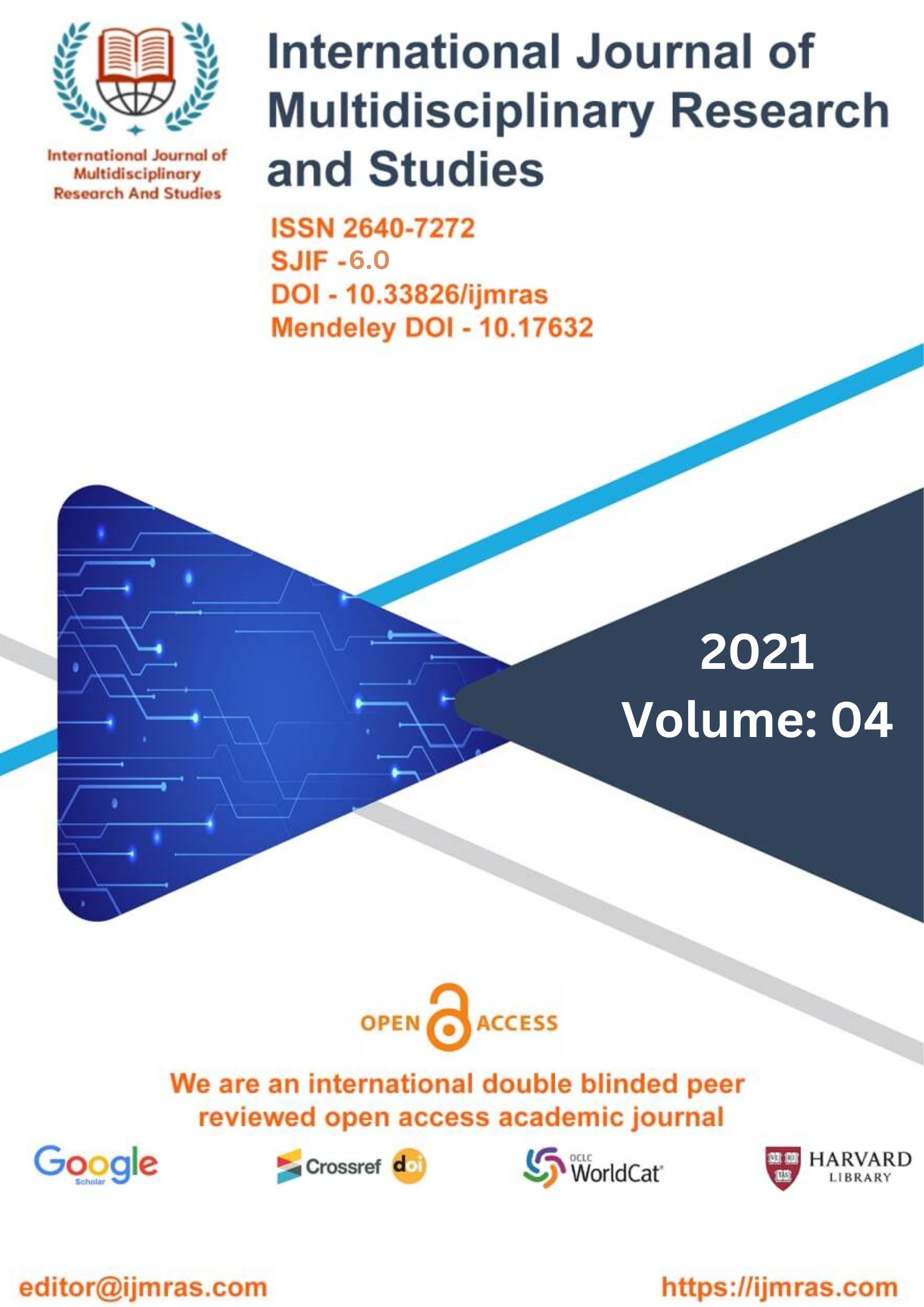EDGE INTELLIGENCE FOR SMART CITY DECISION

Abstract
The concept of "smart cities" is an innovative one for the urban landscapes of the future. The use of cutting-edge technology with the goal of optimising municipal resources and operations while simultaneously improving the quality of life for citizens is the ultimate objective of the so-called "smart city" movement. It will be important to make advantage of contemporary breakthroughs in information and communication technology, data analysis, and other fields of technology in order to fulfil this ambitious objective. Because smart cities generate naturally enormous amounts of data, recent artificial intelligence (AI) approaches are interesting because of their capacity to transform raw data into meaningful information that can be used to guide decision making. This is important because smart cities are becoming increasingly common (e.g., using live road traffic data to control traffic lights based on current traffic conditions). However, training and providing these artificial intelligence applications is not an easy operation and will need a significant amount of computer resources to accomplish. One kind of sensing device that is utilised often in a variety of applications that are now being developed for the Internet of Things is composed of cameras that are scattered across public locations in order to capture the actions that take place in the monitored regions. This type of device has led to the development of a specialized subset of the Internet of Things that is known as the Internet of Multimedia Things (IoMT) which is also known as the Multimedia Internet of Things (M-IoT) or the Internet of Media Things (IoMT), as proposed in the recent ISO/IEC 23093-1:20202 standard. This subset of the Internet of Things was brought about by the widespread use of devices like these.
Keywords
Intelligence, Smart City, Internet of Media Things, Multimedia InternetHow to Cite
References
T. E. Allen. CP-nets with indifference. In Communication, Control, and Comput- ing (Allerton), 2013 51st Annual Allerton Conference on, pages 1488–1495. IEEE, 2013.
T. E. Allen, J. Goldsmith, and N. Mattei. Counting, ranking, and randomly generat- ing CP-nets. In MPREF 2014 (AAAI-14 Workshop), 2014.
T. E. Allen, M. Chen, J. Goldsmith, N. Mattei, A. Popova, M. Regenwetter, F. Rossi, andC. Zwilling. Beyond theory and data in preference modeling: Bringing humans into the loop. In Proceedings of the Fourth International Conference on Algorithmic Decision Theory (ADT), 2015.
Thomas E Allen. I prefer to eat. In Workshops at the Twenty-Ninth AAAI Confer- ence on Artificial Intelligence, 2015.
Thomas E Allen, Judy Goldsmith, Hayden E Justice, Nicholas Mattei, and Kayla Raines. Generating cp-nets uniformly at random. In Proceedings of the 30th AAAI Conference on Artificial Intelligence (AAAI), 2016.
Fani Athienitou and Yannis Dimopoulos. Learning CP-networks: a preliminary investigation. Procedings 3rd Multidisciplinary Work. on Advances in Preference Handling (PREF’07), 2007.
Reyhan Aydog˘an, Tim Baarslag, Koen V Hindriks, Catholijn M Jonker, and Pınar Yolum. Heuristic-based approaches for CP-nets in negotiation. In Complex Auto- mated Negotiations: Theories, Models, and Software Competitions, pages 113–123. Springer, 2013.
Fahiem Bacchus and Adam Grove. Graphical models for preference and utility. In Proceedings of the Eleventh conference on Uncertainty in artificial intelligence, pages 3–10. Morgan Kaufmann Publishers Inc., 1995.
Jose´ L Balca´zar, Antoni Lozano, and Jacobo Tora´n. The complexity of algorithmic problems on succinct instances. In Computer Science, pages 351–377. Springer, 1992.
Sven Berg. Paradox of voting under an urn model: The effect of homogeneity. Public Choice, 47(2):377–387, 1985.
D. Bigot, H. Fargier, J. Mengin, and B. Zanuttini. Probabilistic conditional prefer- ence networks. In Proceedings 29th Conference on Uncertainty in Artificial Intelli- gence (UAI), 2013.
License
Copyright (c) 2021 Upendra Kumar

This work is licensed under a Creative Commons Attribution 4.0 International License.
Individual articles are published Open Access under the Creative Commons Licence: CC-BY 4.0.



